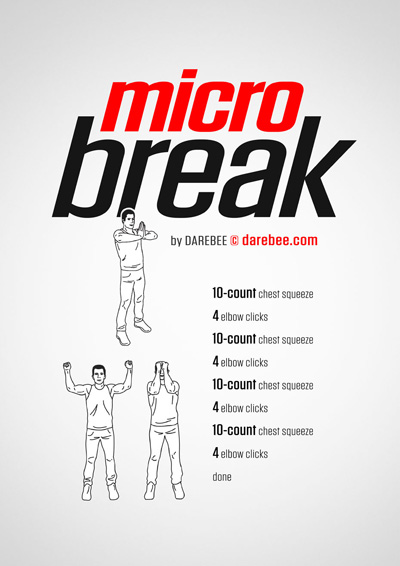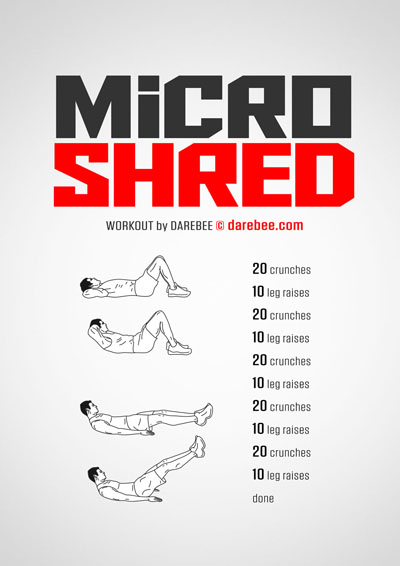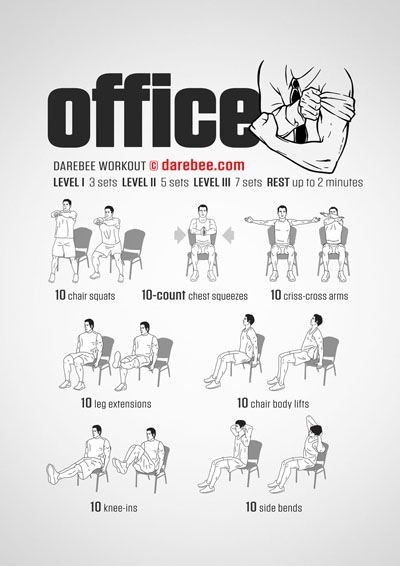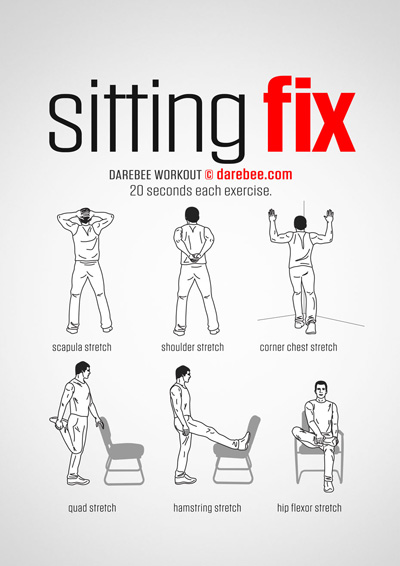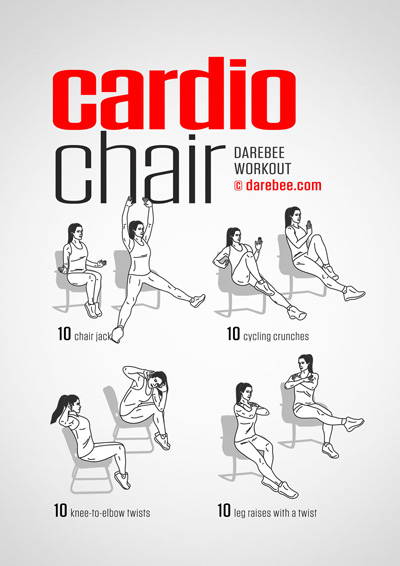We all want to exercise more. To achieve that we need to answer three specific questions: What should we do to exercise more? What type of exercise should we do? How can we get fitter? This article covers it all.
New studies, the Covid pandemic and the ubiquity of fitness tracking apps changed a lot of our understanding of fitness and how it works. Traditionally, we believed that what was required was 30 minutes of moderate exercise a day, five days a week[1]. That view still holds, of course, and a recent study from the Karolinska Institutet in Stockholm, that was published in the journal Clinical Epidemiology,[2] backed it up further.
More specifically the Karolinska Institutet, 15-year follow up study showed that by replacing an hour of sitting down with 30 minutes of physical activity, participants reaped a whole lot of health benefits the most important of which was a 24 percent reduced risk of death from cardiovascular disease. Though the study corroborated the need for at least 30 minutes of moderate exercise every day, it also changed some of the conventional wisdom regarding exercise, in small but really important ways.
For example, according to the Karolinska study, the required 30 minutes of moderate physical exercise needed for each day could be broken down into 10-minute slots and dispersed throughout the day and still have the same effect. This makes it easier for those who have difficulty finding a whole 30 minutes to exercise, to fit in physical activity without having to break up their day or make special arrangements regarding their time.
This brings us to the ‘magic formula’ for fitness and health and the way we exercise. A Columbia University study[3] that looked at the health benefits of exercise found that 30 minutes a day or even an hour a day of exercise is not enough to offset the damage done by a sedentary lifestyle. To get the most benefits we should seek to be active throughout the day in small ways that simply rev-up our cardiovascular system and increase our metabolic rate.
Taking small breaks from work and sitting down for example is a perfect way to make sure your body remains active. This makes light physical activity such as taking the stairs instead of the elevator, walking to the local shops instead of driving there and, even, housework, critically important to our overall fitness level.
This is because by keeping the body’s physiological processes active and alert, light physical activity, preps us for the time when we do more vigorous, structured exercise. The study also found that the benefits of structured exercise were dependent on the general lifestyle we have. An hour of exercise a day is just four per cent of the whole day. It is insufficient to help us improve if the rest of the day, ninety-six per cent of it, is sedentary and full of bad life choices.
Taken as a whole these studies provide the answers to the key questions:
What should we do to exercise more?
- Find ways to exercise every day, even if it means breaking down a 30-minute exercise time into many smaller time slots.
- Incorporate physical activity into everyday life. Take short walks. Do more housework. Walk short distances instead of driving. Be smart and always choose to be physically active when you can.
- Remove the obstacles to exercise. Stop thinking you need a lot of time, special equipment, special clothes or that you need to go flat-out in intensity. Be smart in how you become physical and you will find that you exercise more without having to try harder.
Recommended workouts to fit in:
What type of exercise should we do?
To answer that question the authors of the study[3] used compositional analysis to look at data from six different studies and more than 130,000 adults. They determined that when it comes to reducing the risk of mortality what mattered most wasn’t what type of physical activity we engaged in, or even for how long, as long as it broke up the length of time we spent sitting down.
So you should be looking at combinations such as:
- Structured physical activity plus short walks.
- Time spent doing housework plus gardening.
- Structured exercise plus shopping and taking the stairs.
- Time spent on a long walk plus short stints of short exercises throughout the day.
Recommended structured micro-workouts to add to your work day: Micro-workouts.
How can we get fitter?
Lasting fitness is all about capability. Combine the right kind of activities that build on each other and you have a winning combination that will help you get healthier and feel stronger.
- Combine a long walk with some speed work exercises later in the day.
- Do housework or gardening and add strength work training.
- Break the day up with micro-fitness exercises and finish off with 30 minutes of sustained work at the end of the day.
- Use the weekend to do fun physical activities that you truly enjoy: hiking, swimming, cycling, walking with friends, DIY work or heavy gardening, add in some stretching exercises over the weekend.
Recommended workouts to try:
Summary
Fitness and lasting health is not about how hard you can exercise or for how long. It is about making smart choices that treat your body to sustained activity throughout the day. This helps you make lasting changes and enjoy health and fitness benefits that re sustainable.
References
- Moderate Exercise Yields Big Benefits, Science Daily, January 4, 2008.
- Dohrn IM, Kwak L, Oja P, Sjöström M, Hagströmer M. Replacing sedentary time with physical activity: a 15-year follow-up of mortality in a national cohort. Clin Epidemiol. 2018;10:179-186
- Columbia University Irving Medical Center. "Different physical activity 'cocktails' have similar health benefits." ScienceDaily. ScienceDaily, 19 May 2021.


